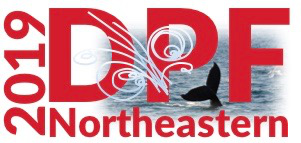Speaker
Description
Galaxy clusters have been established as an important tool to study the matter distribution, the formation and evolution of the structures in the Universe with great potential to be one of the most powerful cosmological probes. To achieve this, we need to understand the systematics involved in the cluster mass calibration, which is the current dominating source of uncertainties for using clusters to probe cosmology. Observationally, we can not assess the true mass of galaxy clusters, but we can rank them by some proxy for the mass. We can define a mass proxy by looking for different observables in the clusters. A good proxy should have a linear relation with the total mass of the cluster and low scatter in comparison to some observable. To meet these requirements, we proposed $\mu_{\star}$, a physically motivated cluster mass-proxy proportional to the total stellar mass of red and blue members, that is independent of the formation history of the red sequence and has a low scatter with the X-ray temperature relation (Palmese et al. 2019). We use redMaPPer galaxy clusters identified in the Dark Energy Survey Year 1 data for reliable calibration of $\mu_{\star}$ at high redshifts. In a blinded analysis, we perform the mass-calibration of $\mu_{\star}$ using $\sim 6,000$ clusters split into 12 subsets spanning in the ranges of $0.1 \leq z<0.65$ and $\mu_{\star}$ up to $\sim 5.5 \times 10^{13} M_{\odot}$ to infer the average masses of these subsets through a modelling of their stacked weak lensing signal. In our model we account for the following sources of systematic uncertainty: shear measurement and photometric redshift errors, miscentring, cluster-member contamination of the source sample, deviations from the NFW halo profile, halo triaxiality and projection effects. We use the inferred masses to estimate a jointly mass-$\mu_{\star}$-$z$ scaling relation. In this talk, we will present our results and discuss the use of $\mu_{\star}$ as a mass proxy for future applications in cluster cosmology.
